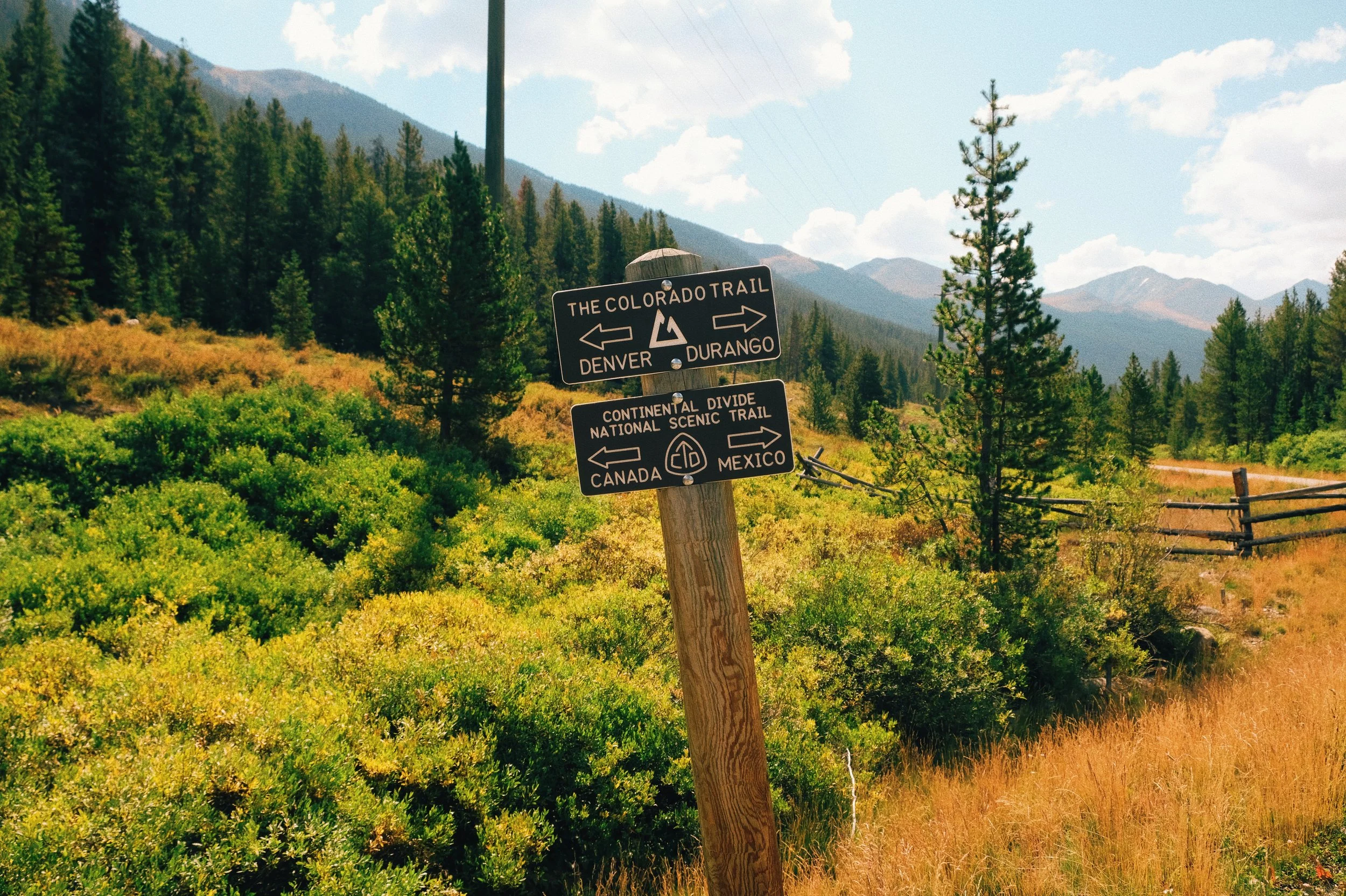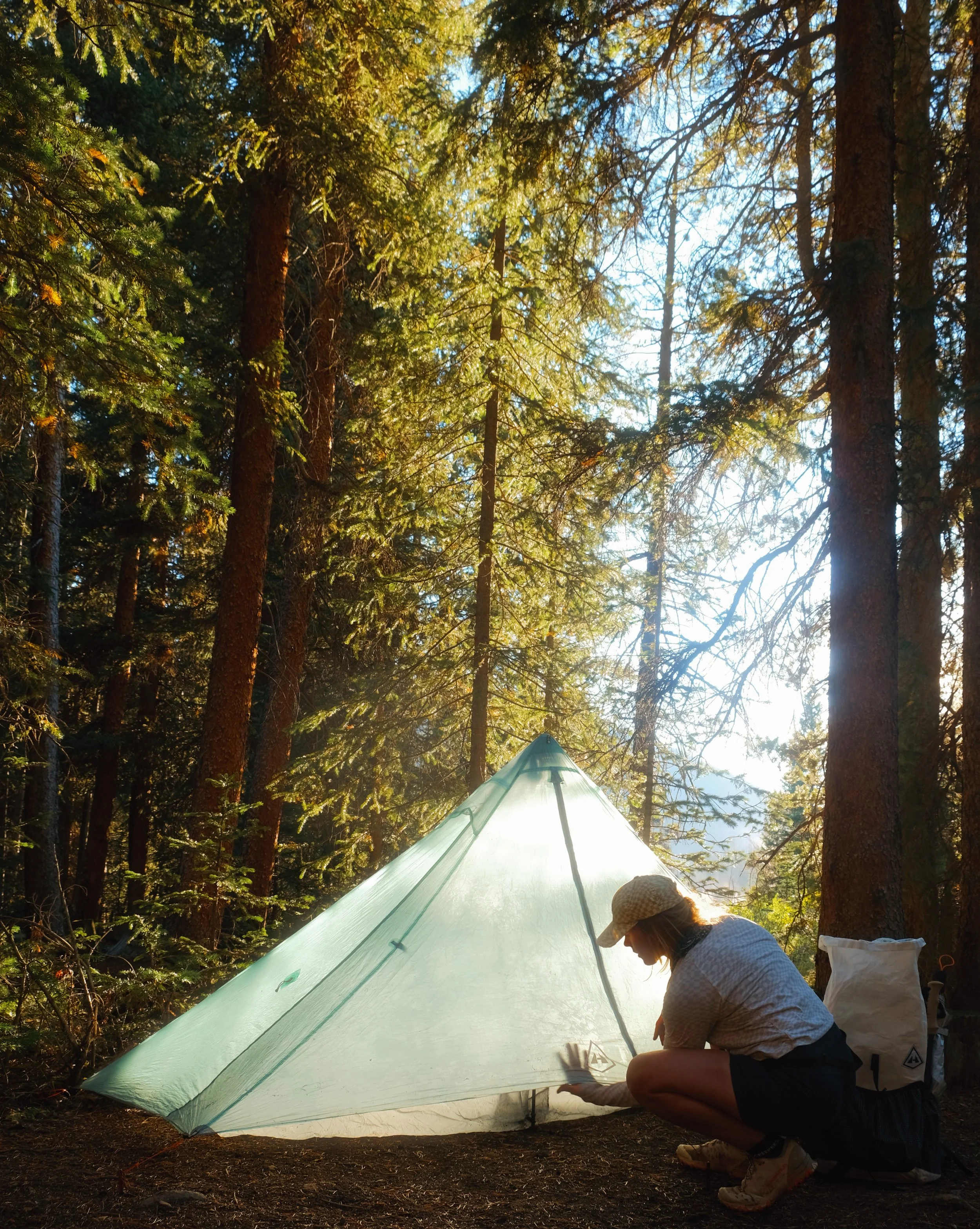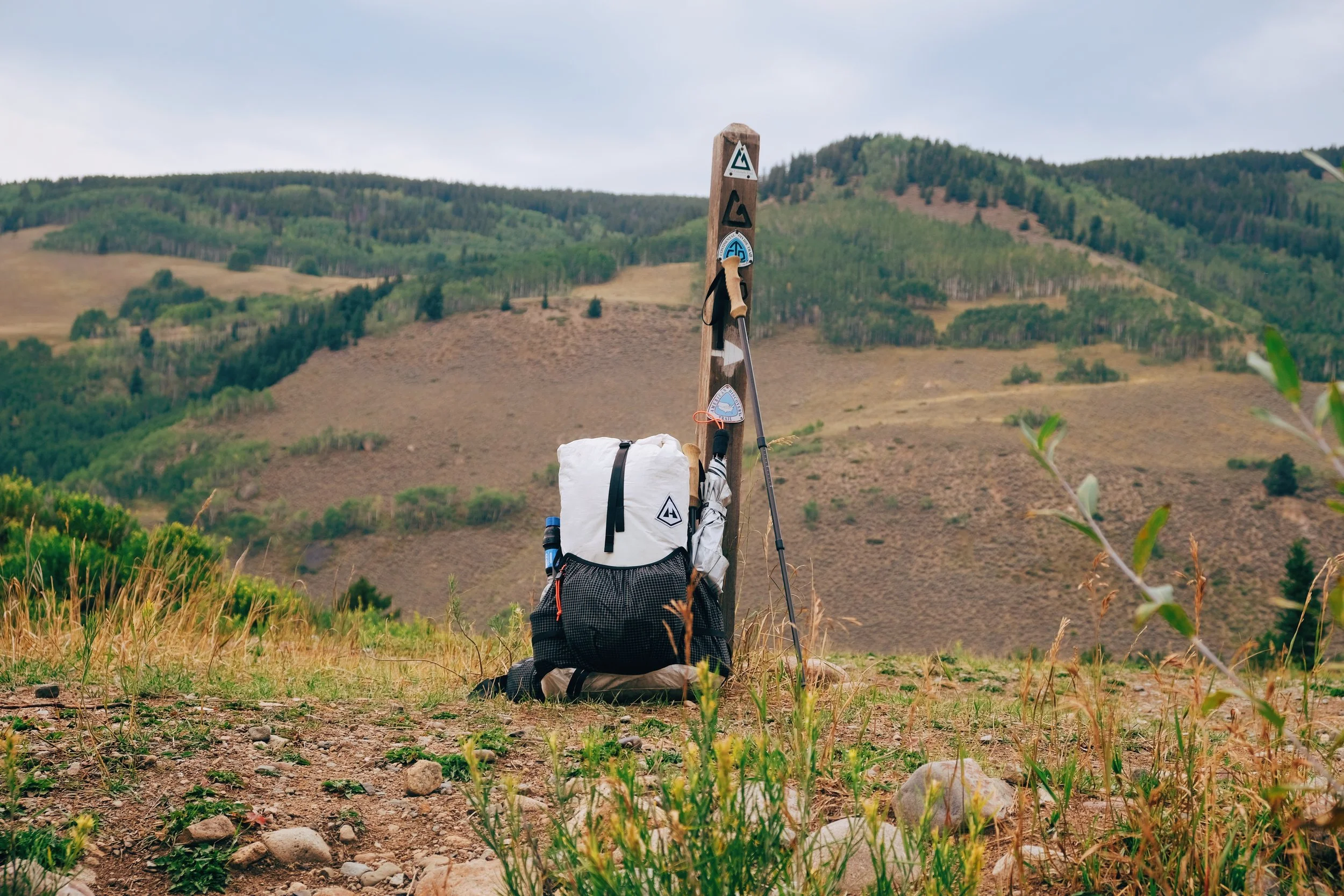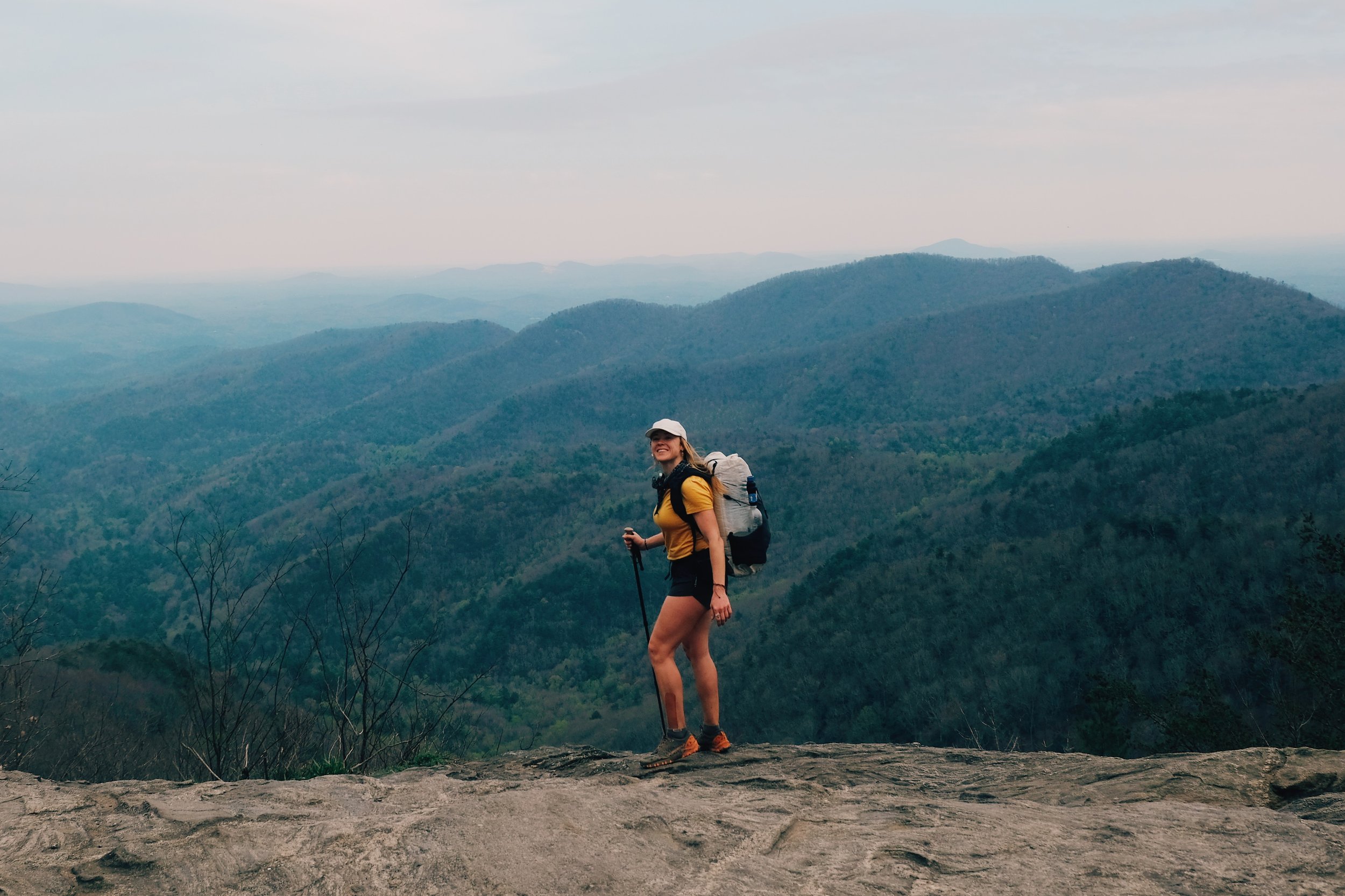In September I got on the Colorado Trail at Waterton Canyon to walk as much of the 500 mile trail as my heart desired. In 2022, I hiked the 160 mile Collegiate Loop, which is part of the CT. I ended up walking to this section, so I’ve now finished half of the Colorado Trail. I thought about hiking the trail in one go, but I wanted to leave it open ended and go as far as I was feeling, considering the pressure of finishing the CDT as a thru hike felt more like a chore than the type of adventure I was looking for.
On this trip, I had so much fun bringing whatever I wanted and not worrying about weight. I filmed a lot of the hike and can’t wait to create a video with the footage.




































